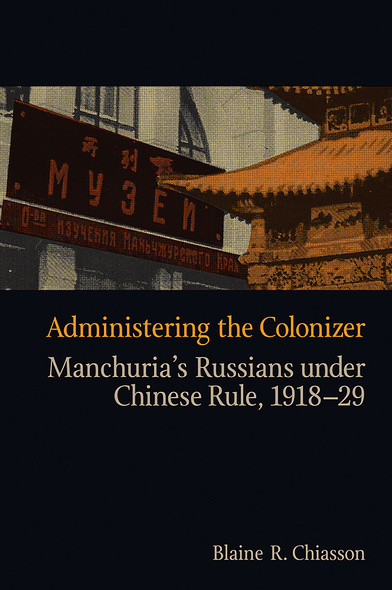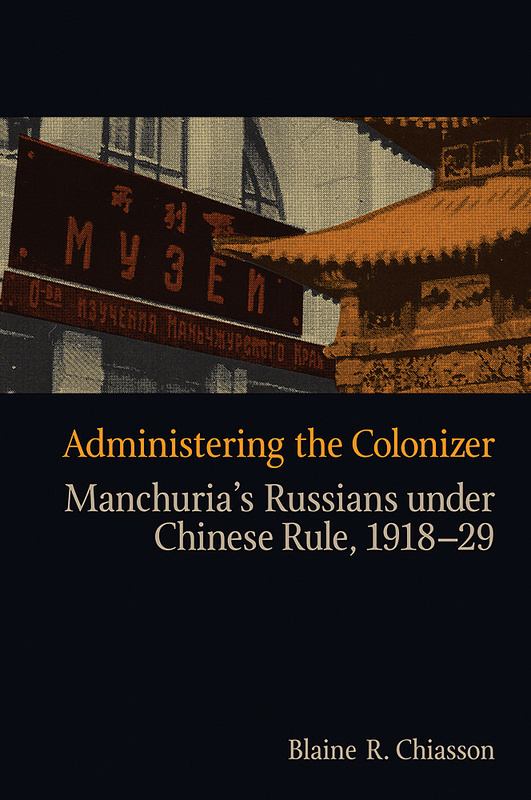
Administering the Colonizer
Manchuria’s Russians under Chinese Rule, 1918-29
In the 1920s, Western observers viewed Harbin, in North Manchuria,as a world turned upside down. Located in a former Chinese EasternRailway concession with a significant Russian population, the city andthe Special District in which it resided were represented as placesthat had reversed the “natural” racial hierarchy – asplaces where whites were the ruled and not the rulers.
Administering the Colonizer explores how a non-Westernculture in a position of authority dealt with a Western minority underits administration. Chinese and Russian sources, as well as accounts byEuropean observers, reveal that China created policies in a number ofareas – security, municipal government, land administration, andeducation – that promoted its sovereignty and also protected theRussian minority. By considering this unique administrative experimentfrom both Chinese and Russian perspectives, this book offers a nuancedand multifaceted portrait of this frontier region and the unique formof Chinese nationalism to which it gave birth.
Administering the Colonizer restores to history the multiplenational influences that have shaped northern China and Chinesenationalism, previously glossed over by the ideological and nationalhistories emanating from Moscow and present-day Beijing. It is ahistorical examination of how an ethnic, cultural, and racial majoritycoexisted with a minority of a different culture and race.Students and scholars of modern Russia and China and anyoneinterested in the history of cultural relations, empire, or urbanadministration will find this book of interest.
Chiasson is not afraid to take on the racial prejudice and discrimination that was part of life in China’s concession areas. His use of many Russian sources allows him to give the Russian perspective on what is usually taken to be a part of China’s history. This book should have wide appeal to those interested in modernization, colonial history, inter-cultural confrontations and, intimately related to these topics, the creation of planned human communities.
Administering the Colonizer is fine scholarship. Chiasson, more than any previous author, details the administrative structures and policies by which the unique city of Harbin was governed during the transition from Russian to Chinese rule. His book makes an outstanding original contribution on a subject that is important in its own right, but even more so as instances of mixed administration (both historical and current) are popular and relevant cases to study.
1 Introduction: Where Yellow Ruled White – Harbin, 1929
2 Railway Frontier: North Manchuria before 1917
3 The Chinese Eastern Railway: From Russian Concession to ChineseSpecial District
4 Securing the Special District: Police, Courts, and Prisons
5 Experiments Co-Administering the Chinese Eastern Railway
6 Manchurian Landlords: The Struggle over the SpecialDistrict’s Land
7 Whose City Is This? Special District Municipal Governance
8 Making Russians Chinese: Secondary and Post-SecondaryEducation
9 Conclusion: Playing Guest and Host on the Manchurian Stage
Appendix
Notes
Bibliography
Index









